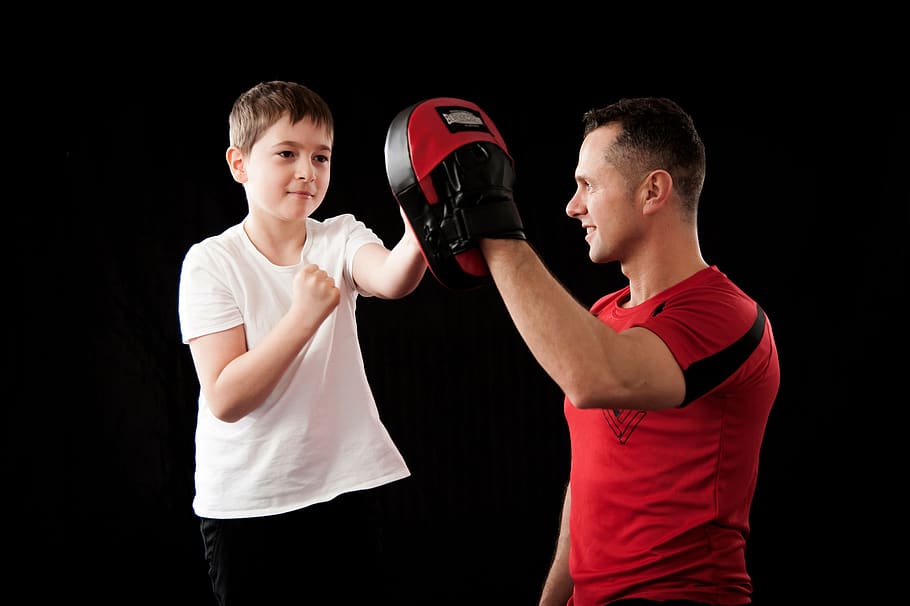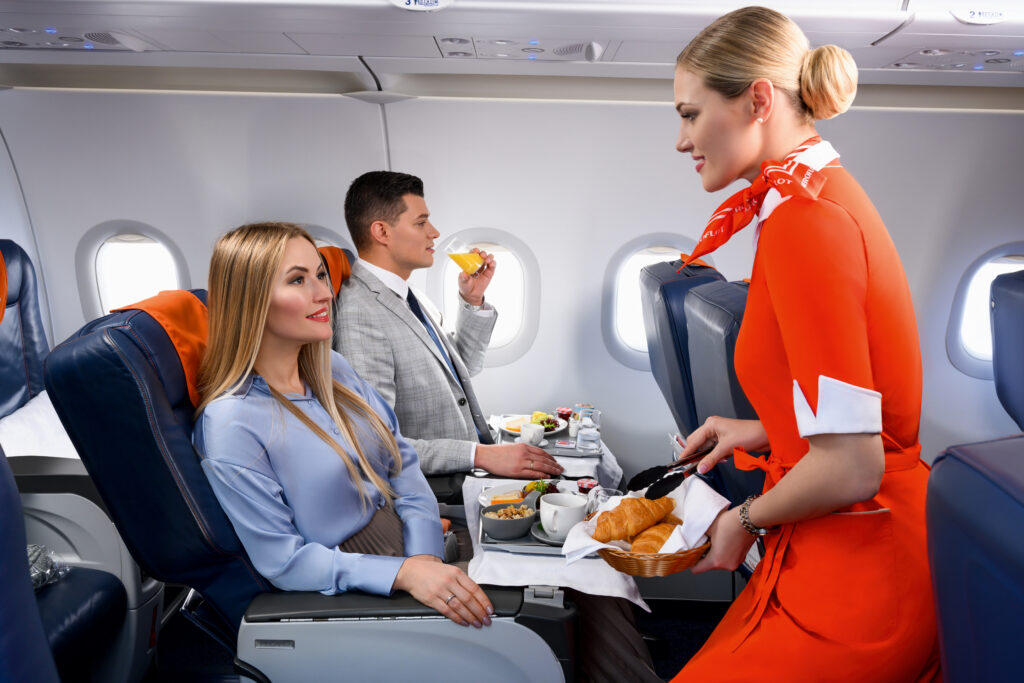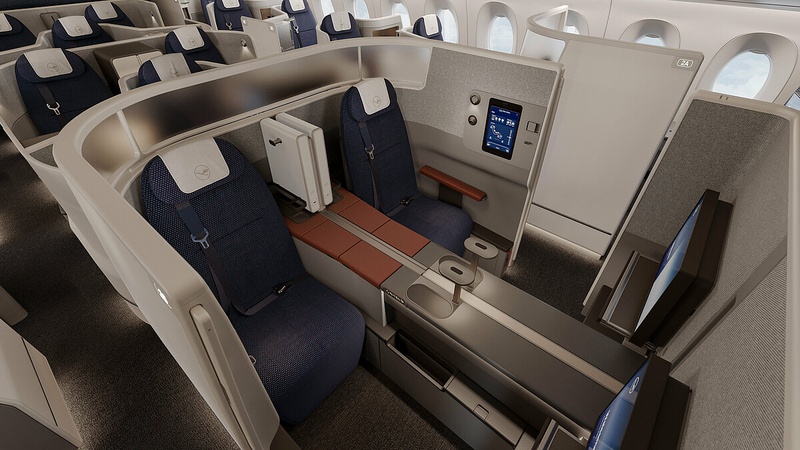Boxing is the most ancient of sports still popular today, with forms of the now noble art traced back through civilisation. Many with a passion for fitness still turn to boxing today to help burn calories, de-stress and get physically fit. Thousands more fancy giving it a go but are put off by the image of an unwelcoming ‘Rocky Balboa’ type gym reserved only for the meanest and leanest of fighters.
That may have once been the case, but nothing could be further from the truth today. Boxing gyms have embraced the recent spike in interest, throwing open their doors and welcoming the public. The top gyms allow average fitness fanatics to train like a professional fighter without the injuries that come with it. It’s a taste of the good life.
As we approach the Tokyo 2020 Olympic Games, boxing will again make the headlines. That will help drive the next generation of fighters to their local amateur gyms, dreaming of becoming the next Anthony Joshua.
Myth-busting
Unfortunately, there are still many myths about boxing that may put some parents off allowing their children to give the sport a try. We have enlisted the help of former professional boxer and current amateur trainer, Frankie Monkhouse, to help put the record straight and set your mind at ease.
In the following article, we take some of the most common myths, and misconceptions about boxing training for kids and young adults then put them right. The aim is to give you a better understanding of what goes on inside amateur boxing gyms. It’ll help give you an insight into the sport before taking the first step and visiting a club to compete, signing up to a boxing gym to get fit or allowing your child to pursue their newfound passion.
Your kid will get beat up and hurt
Let’s deal with the most popular myth about boxing training for kids. No self-respecting trainer will throw your child into the firing line in the early days, and they certainly won’t put them anywhere near a ring on their first night.
For the first couple of months after joining an amateur gym, your child will be taught the basics through one-to-one coaching at a pace that suits them. They’ll be introduced to the basic shape, including stance and defence. A serious trainer will spend much more time coaching young kids on how to defend than how to attack.
Only when the experienced boxing coach is confident they are ready will a kid be placed into a sparring environment. For some young boxers, that takes just a few weeks as they pick it up quickly and understand how to protect themselves. For others, it could be months or even years before they are ready.
It’s all cardio, running and diet
Another false statement. Think boxing training, and you may conjure up dated images of fighters putting their body through gruelling cardio sessions designed to help them lose weight and increase stamina. When a boxer is training for competition, much of their training regime revolves around cardio, of course, but the sport has modernised. From the top professionals down to the local amateurs, the way boxers change is evolving.
Jumping rope, hitting the heavy bag, sparring, circuits, and explosive sprints remain popular, but they make up only a portion of a boxing training schedule. There’s lots of time spent on strength and conditioning training. This usually involves weight training that is tailored to replicate the movement of a boxer in combat.
Getting a good balance is the key, and a good trainer will teach the basics of boxing, the importance of strength training for performance and weight loss and how to eat clean and diet sensibly to help find your ideal fight weight division.










